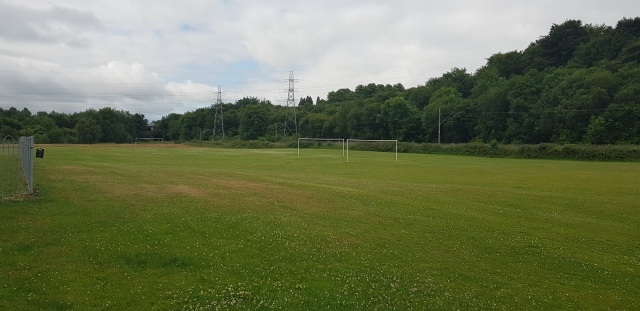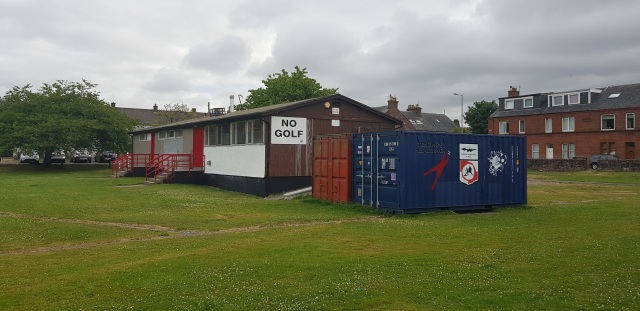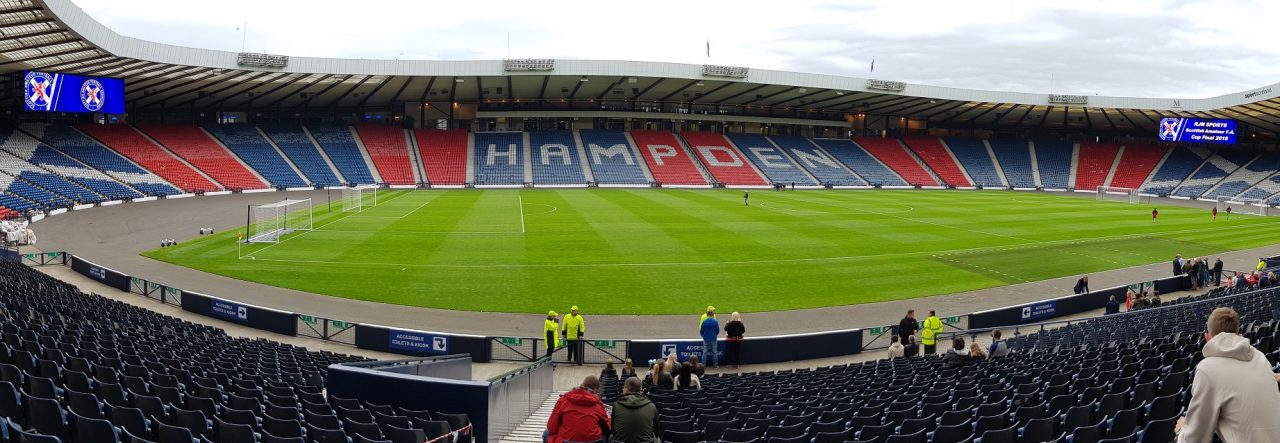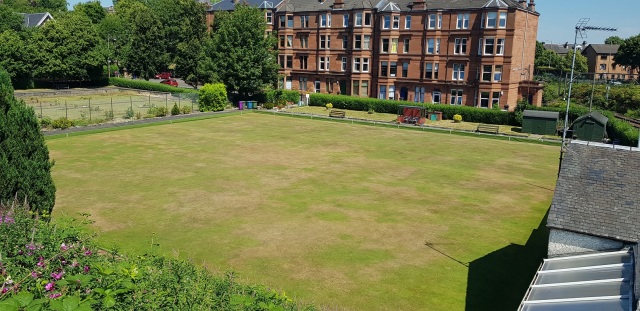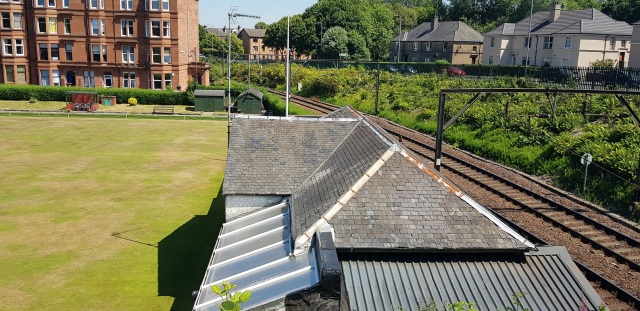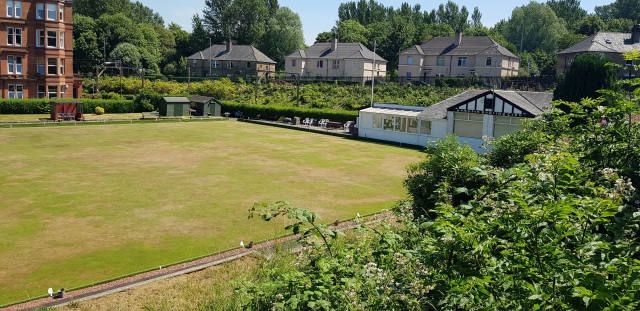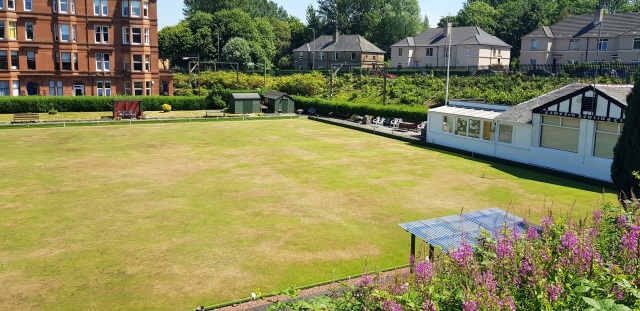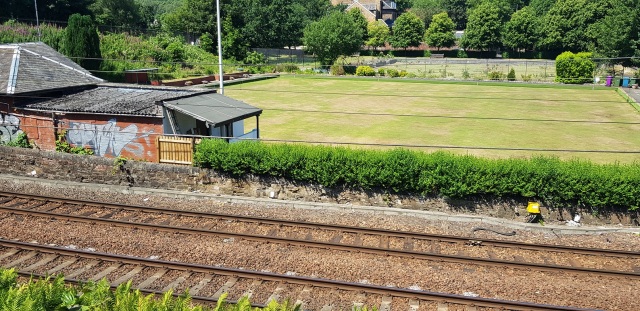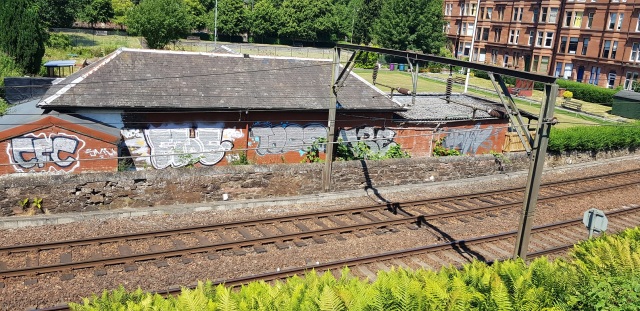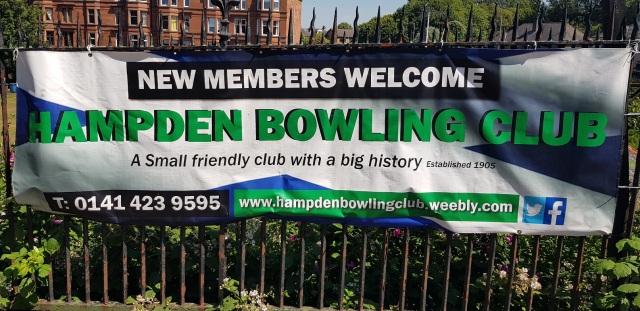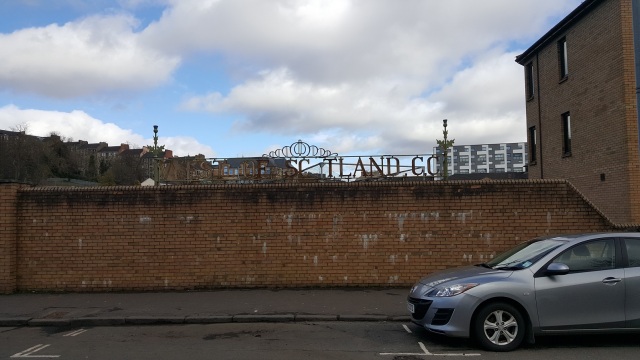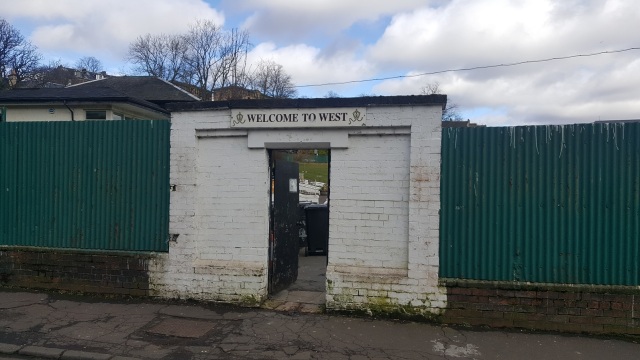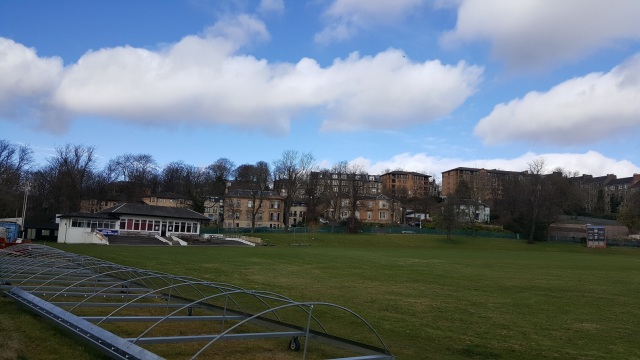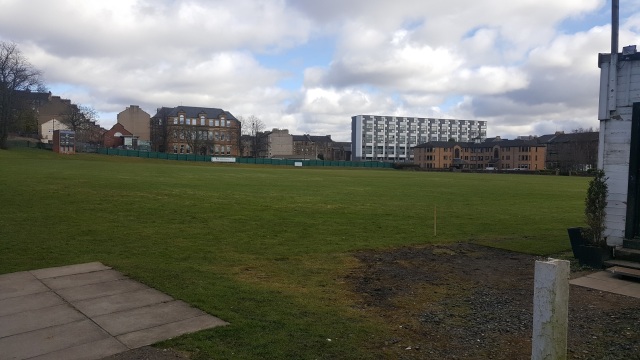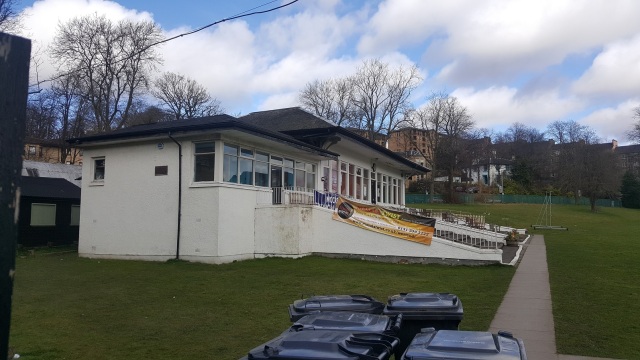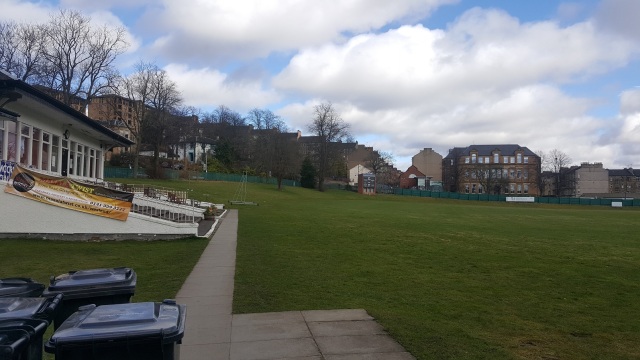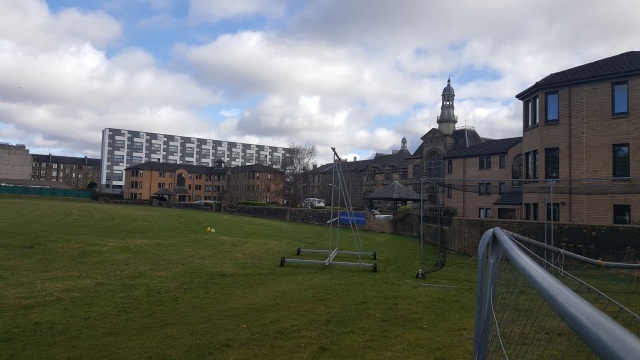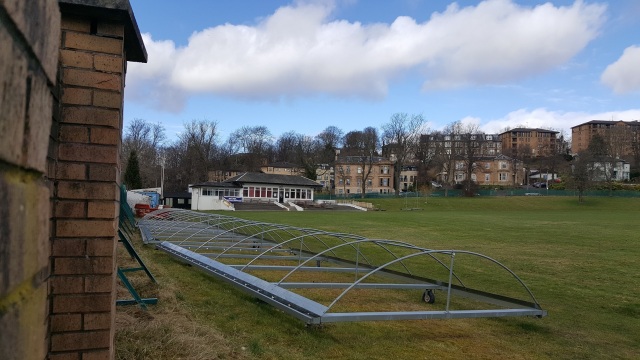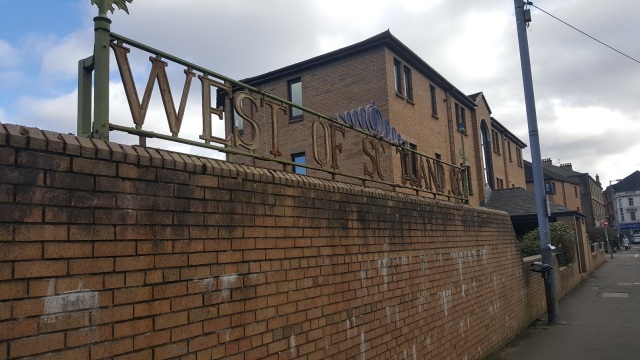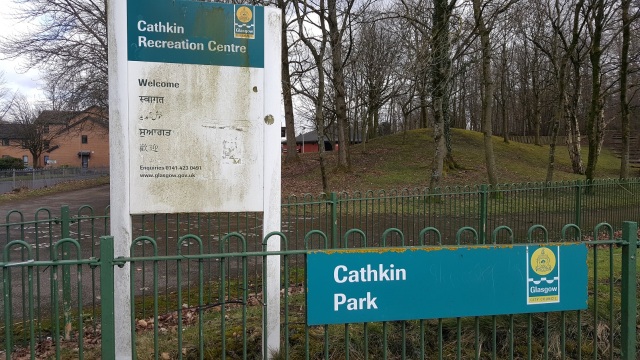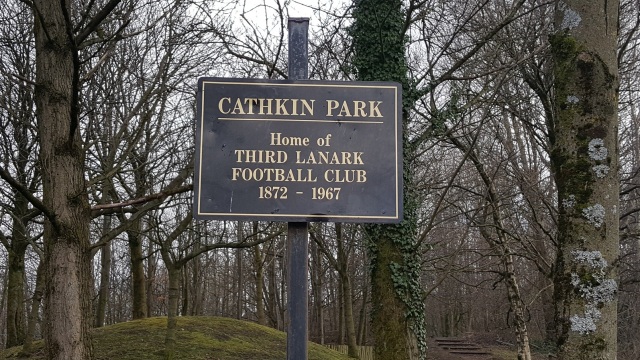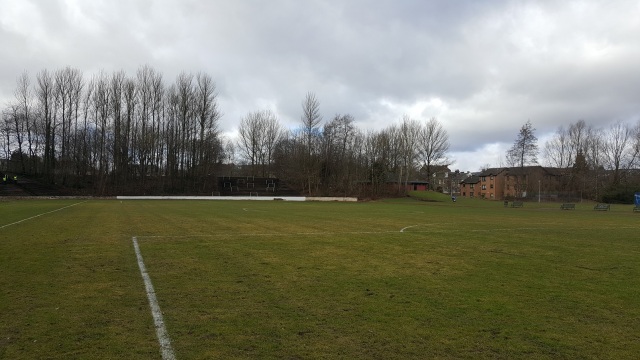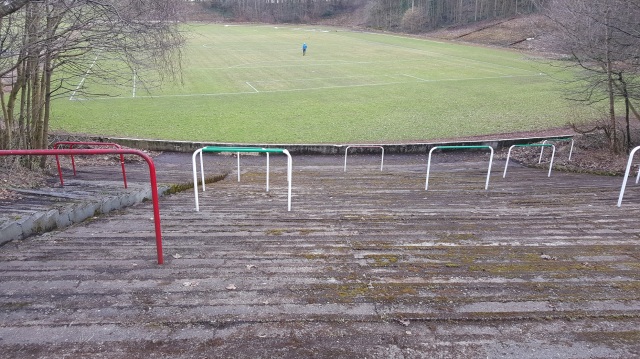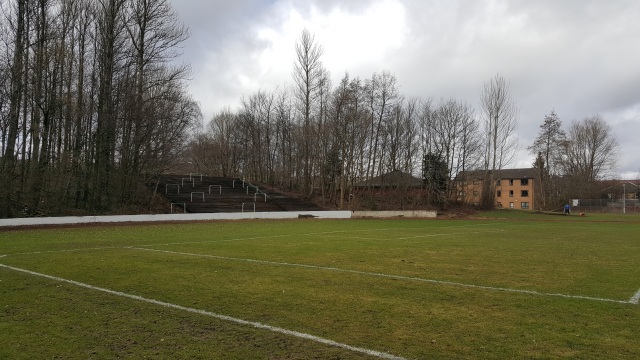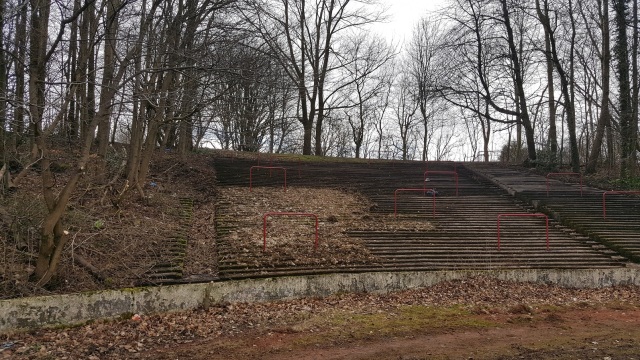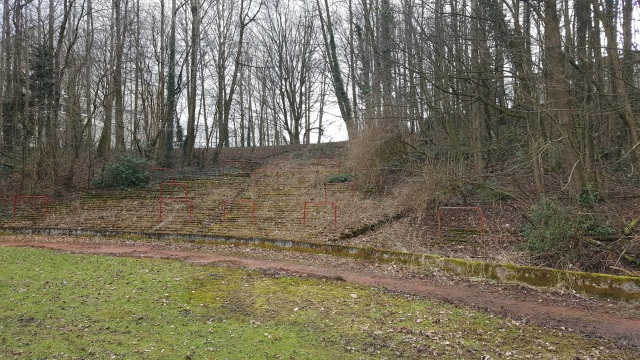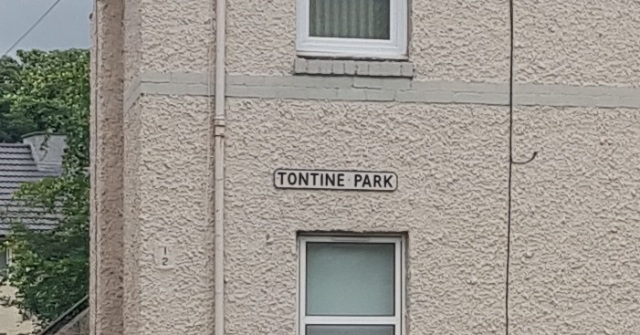
Despite being defunct for 96 years now, Renton FC are one of the most memorable names from the early days of Scottish football. They were much vaunted as the proclaimed “Champions of the World” in 1888 when as reigning Scottish Cup Champions, they defeated FA Cup winners West Bromwich Albion 4-1 at Cathkin Park (known as Hampden Park at the time.) Renton, for most of their history, played at Tontine Park in the village.
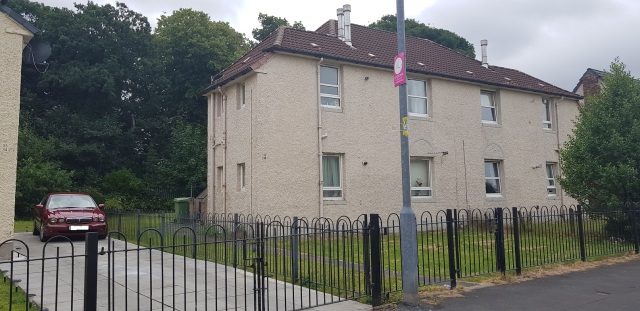
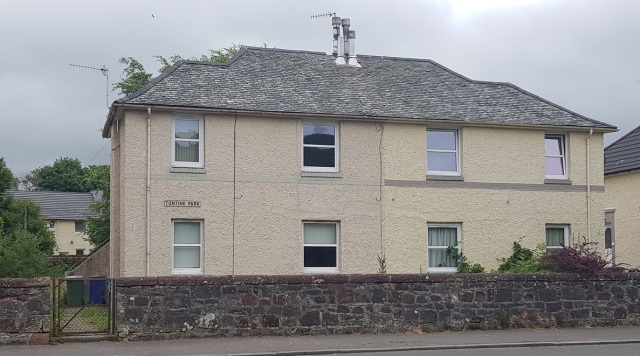
Renton moved into Tontine Park in 1878, after playing their first six years at South Park. Initially the ground had no stands, and the only structure was a pavilion situated about 100 yards away from the pitch, adjacent to one of the corners. By 1886, the ground had become fully enclosed and a new pavilion was erected closer to the playing surface. A small grandstand was built in the next couple of years, being present for the home ties the club played in the 1887-88 Scottish Cup winning season. The first league match played at the ground was a 2-2 draw with St Mirren in August 1890.
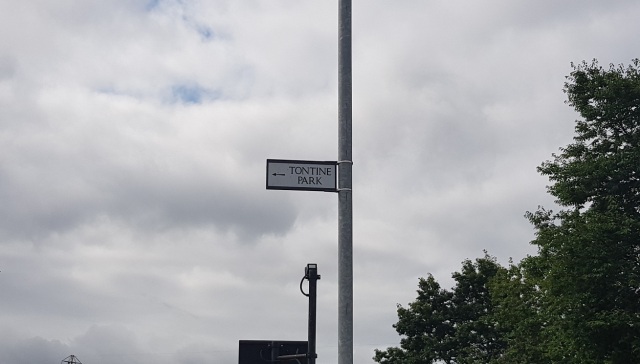
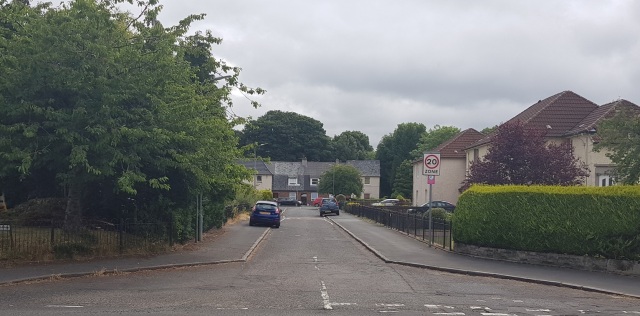
By 1897, Renton had been expelled from the Scottish Football League they helped to create. The last league match played at Tontine was a 3-1 defeat to Leith Athletic in October 1897. The club continued to play in minor leagues, including the Western League until 1922 when they finally went bust and folded. The site of Tontine Park was sold to the local council for housing that still stands to this day, with the streets in the development carrying the Tontine name. The centre circle of the pitch at Tontine Park is commemorated in one of the gardens in the housing scheme.
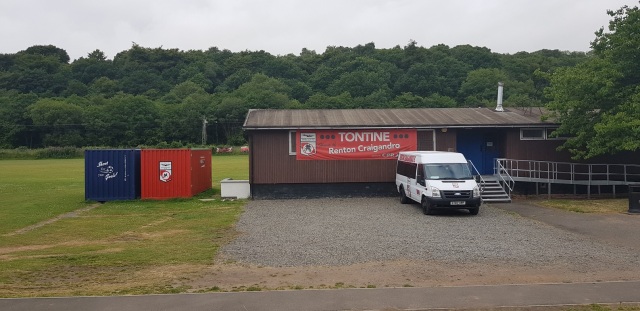
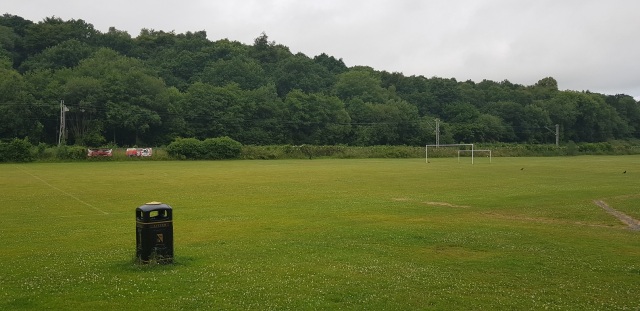
Today, football is played in the village on a site across the road from the original ground. Local youth side Renton Craigandro have recently taken over the lease of what is alternately known as Tontine Park and Wylie Park (I’ve always known it as the Tontine since I played there as a youngster.) The football legacy is still strong in this village, and the people of Renton will never forget Tontine Park and when they were World Champions.
